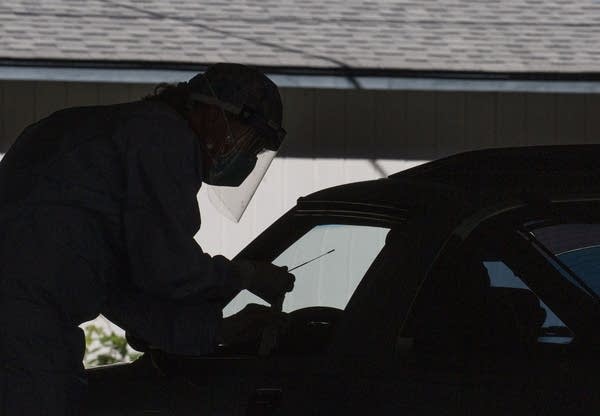Walz: State plans to launch COVID-19 testing effort among young adults

A nurse administers a nasal swab during a free drive-thru COVID-19 testing event at Incarnation-Sagrado Corazon Church in Minneapolis in August.
Christine T. Nguyen | MPR News file
Go Deeper.
Create an account or log in to save stories.
Like this?
Thanks for liking this story! We have added it to a list of your favorite stories.


